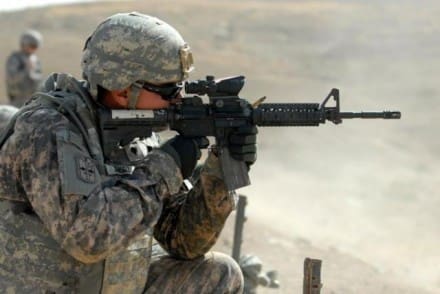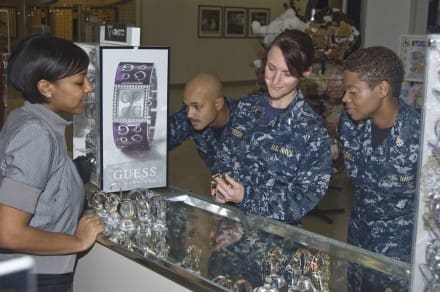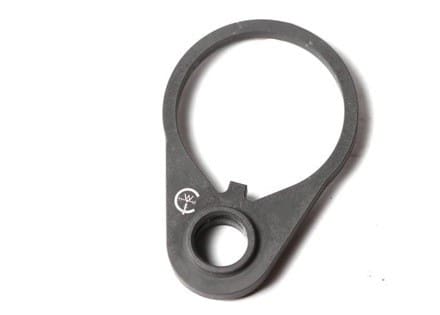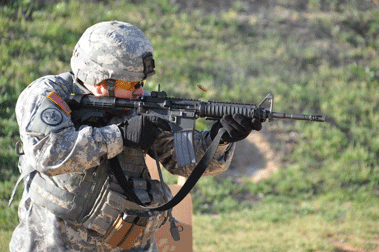We’ll update this post live with info as the Army releases it.
BG Ostrowski, PEO Soldier introduced the panel:
CSM Maunakea, Mr Fred Copolla PM Soldier Weapons, COL Paul Hill PM Ammo, COL Dan Burnette Maneuver Center Of Excellence and CSM Braxton from MCOE.
BG Ostrowski offered a brief history of the Individual Carbine requirement. Based on the draft solicitation released in Feb 2011 they fielded and answered over 320 questions. The final solicitation closed in October 2011. 8 competitors: Adcor, Beretta, Colt, FN, H&K, LMT, Remington and Troy bid on the program.
The goal of the program was a cost benefit analysis pitting those candidate weapons against the baseline M4 performance. In particular they looked at accuracy, reliability, life-cycle cost, and Soldier acceptance.
Phase I- Nov 2011
Administrative in nature. Spring 2012 all passed on to phase II.
Phase II – Spring 2012
Actual performance phase.
Accuracy – Candidate weapons must have offered accuracy of 5″ or less at 300m
Durability
Reliability – BG Ostrowski noted that the weapon as a system consists of the weapon itself, the magazine and the ammunition. Each of the vendors had different issues. As an aside, the IC program established a Mean Rounds Between Stoppages at 3592 rounds as a requirement. Conversely, when the M4 was fielded in 1990 it was required to offer 600 Mean Rounds Between Stoppages. To this day, the M4 continues to be tested against its baseline performance established in 1990 despite the Army’s new requirement for the IC, although the 3592 number was established during the Army’s performance qualification testing of the M855A1 round. The M4 itself exhibited 1691 class I and II MRBS during the M855A1 testing. The difference between the M4’s and IC parameters is one of the indications of that significant increase in performance that the Army is seeking.
During Phase II, 3 weapons per vendor each expended 21600 rounds in temperate testing. Next, they would have expended 36000 rounds in Phase III.
Phase III would have been a Limited User Test and IOT&E.
BG Ostrowski was surprised that it turned out this way but during Phase II, none met requirements to pass to Phase III. Primarily, reliability was the issue at hand.
The Army is NOT cancelling IC competition. It has to conclude the program as none met the minimum requirements to continue in the program. This was not test-fix-test venue but rather binary in nature as in pass/fail. Consequently, the Army’s hands are tied and BG Ostrowski noted that the Army would have moved forward if it would have been possible.
He went on to explain that the Army has not made a decision regarding steps ahead. MCOE is interested in increased lethality, range and accuracy however, there is no immediate plan to recompete this requirement.
The Army still wants a leap ahead technology.
The Army has made 92 improvements to the M4 since its initial fielding in 1990. The second path of the dual path strategy is still in full swing with conversion of the fleet of M4s to M4A1s. This includes a heavier barrel and full auto capability. BG Ostrowski wants to keep the “industrial base warm” and the Army has just issued an IDIQ contract to FN for additional M4s.
BG Ostrowski was very adamant that the M855A1 receives high Soldier acceptance despite the information in yesterday’s press release that indicated that the ammunition might be a mitigating factor in the failures. There is some question as to whether or not the press release was correct on this matter and unfortunately, this answer was not established.
Mr Fred Copolla noted that although it was an option in the requirement, none of the offerors introduced alternative calibers or ammunition to the competition.






















































































































